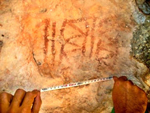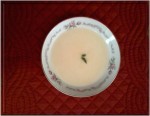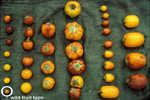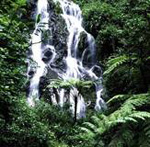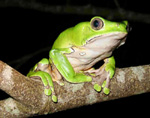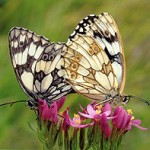Frederico Garcia Lorca: ‘On Lullabies’
By Frederico Garcia Lorca | Translation by A. S. Kline | Paintings by Gabriel Alix | Commentary by Dady Chery, Haiti Chery. Frederico Garcia Lorca describes the lullabies of Spain in their cultural contexts and with a singular respect for children’s appreciation of abstraction. One lullaby from the region of Burgos is reminiscent of Haiti’s “Dodo Titit.”
Continue reading →

